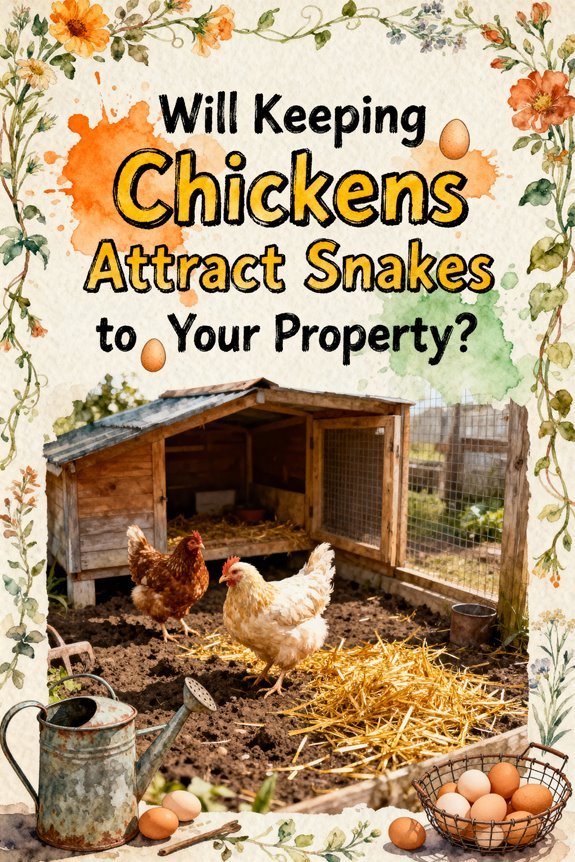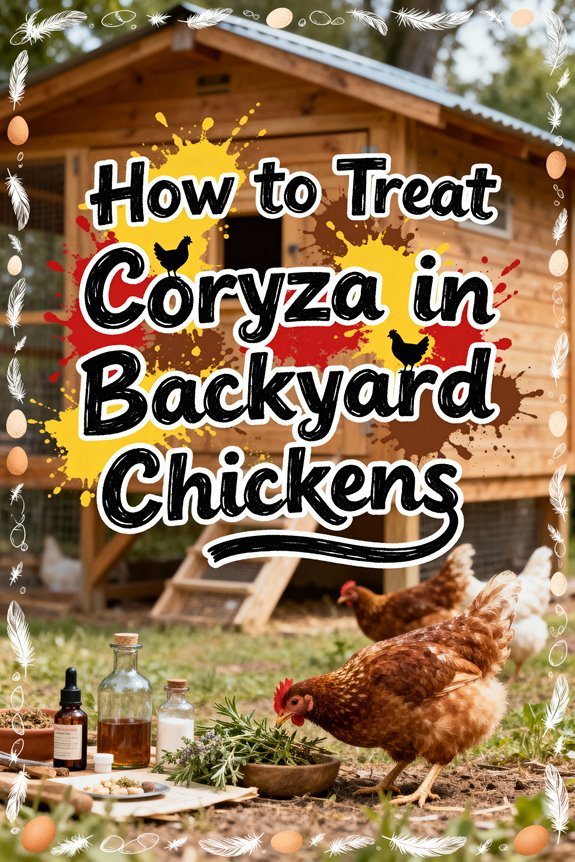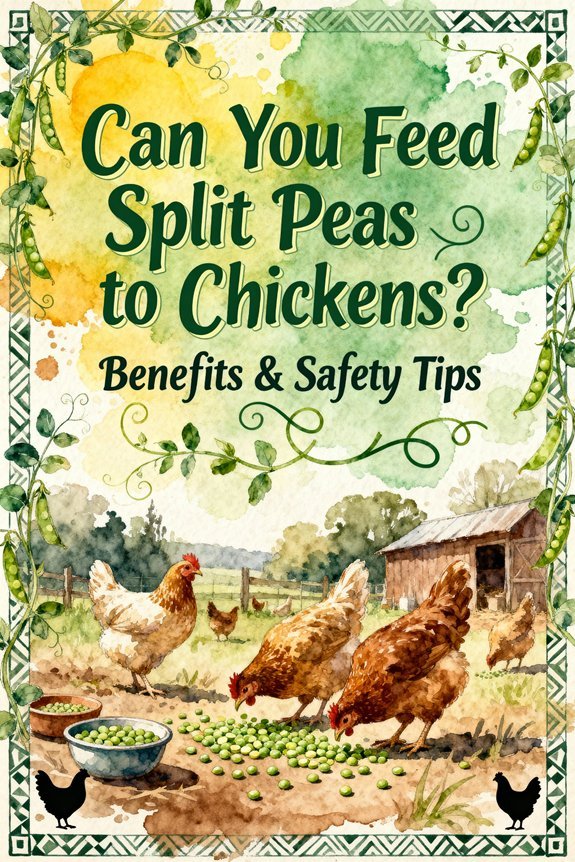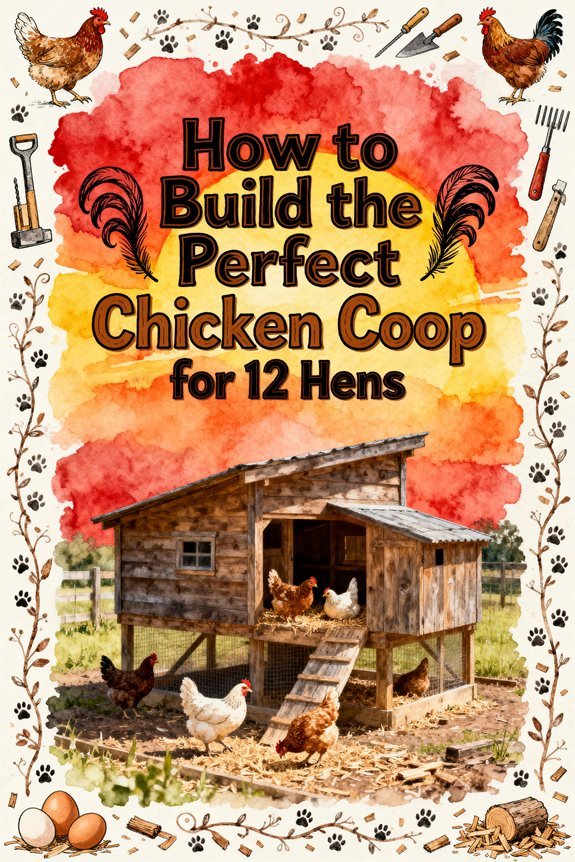Will Keeping Chickens Attract Snakes to Your Property?
Keeping chickens will naturally attract snakes to your property due to the resources that coops provide. Snakes are drawn to rodents that feed on spilled chicken feed, eggs left uncollected, and the shelter that coops offer from weather and predators. You’ll need to implement specific preventive measures like hardware cloth barriers, elevated structures, and proper feed storage. Understanding your local snake species and their behaviors will help you develop an effective protection strategy.
Why Snakes Are Drawn to Chicken Coops
Why do snakes consistently show up around chicken coops? They’re attracted by multiple elements that create an ideal habitat. The primary draw is rodent activity, as mice and rats are drawn to spilled chicken feed. These rodents leave behind urine trails and droppings that snakes can detect, making your coop a hunting ground. Though chickens may occasionally catch small wandering mice, they won’t effectively control rodent populations.
Your chickens’ eggs serve as another major food source, especially when left uncollected. The North American rat snake is the most frequent visitor to chicken coops. The coop structure itself provides shelter from weather and predators, while gaps under raised coops create perfect hiding spots. While chickens can safely enjoy fresh plum treats, keeping fruit away from coops helps avoid attracting additional pests. Water sources, like chicken waterers or puddles, further enhance the environment’s appeal. To reduce snake presence, you’ll need to address these attractants – particularly by controlling rodents, collecting eggs promptly, and eliminating unnecessary shelter opportunities around your coop.
Natural Snake Behaviors Around Poultry
When observing snakes around poultry environments, you’ll find their behavior is primarily driven by opportunistic feeding rather than aggressive predation. Most snakes target eggs and rarely interact with adult chickens unless cornered. Their snake feeding patterns focus on easily accessible food sources, including spilled chicken feed that attracts rodents. Shed snake skins near the coop provide clear evidence of regular snake visits and activity patterns.
You’ll notice snakes seek shelter in coops during temperature extremes, using them as thermal refuges. While venomous species may bite if threatened, they don’t typically hunt chickens. Instead, non-venomous species like rat snakes are more common egg predators. Protective behaviors from guineas can effectively deter snakes, especially in larger flocks. When mixed with chickens, these birds create a natural defense system, often confronting and even killing snakes that venture too close to the coop.
Creating a Snake-Proof Environment for Your Chickens
To effectively snake-proof your chicken coop, you’ll need an extensive system of physical barriers and strategic design elements. Start with coop elevation, raising the structure off the ground, and install hardware cloth with openings smaller than 1/4 inch around the perimeter, buried 6-12 inches deep. This combination serves as one of your primary predator deterrents.
Reinforce your defense strategy by installing solid flooring with hardware mesh mounted underneath, and seal all potential entry points. Keep the surrounding area clear of debris and vegetation that could provide cover for snakes. Implement proper feed storage and eliminate standing water to reduce attractants. Install a pneumatic stapled hardware cloth barrier for maximum security and efficiency. Regular maintenance, including inspections for gaps and damage, guarantees your snake-proofing measures remain effective over time.
Essential Prevention Methods to Keep Snakes Away
Building on your snake-proof infrastructure, implementing extensive prevention methods will strengthen your defense against these reptilian predators. Your preventive measures should focus on eliminating food sources by securing poultry feed in rodent-proof containers and promptly cleaning spilled feed. You’ll need to gather eggs multiple times daily, particularly during peak snake activity periods. Keeping free-range chickens in your garden can help control pest populations naturally while providing protein for your flock.
Essential snake deterrents include maintaining short grass around the coop, removing brush and dense vegetation, and avoiding standing water accumulation. Consider planting lemongrass and marigolds around your coop perimeter as natural deterrents. Install 1/4-inch hardware cloth buried at least 6 inches underground, and raise coops off the ground for better monitoring. Consider using domestic cats as natural predators and deploy minnow traps baited with eggs. Don’t forget to conduct regular inspections of your coop’s integrity, sealing any cracks or gaps immediately. Natural repellents like essential oils made from cinnamon, clove, or cedarwood can provide additional protection against snake intrusion.
Understanding Local Snake Species and Their Risks
Since protecting your chickens requires accurate snake identification, familiarizing yourself with local snake species is essential for risk assessment and appropriate response. You’ll need to distinguish between five main pattern types: band-patterned, blotched, diamond-patterned, solid-colored, and striped snakes. In Texas, you’ll primarily encounter pit vipers and coral snakes as venomous species.
Pay special attention to copperheads with their distinctive hourglass bands, cottonmouths near water sources, and coral snakes with their red-touching-yellow pattern. The Texas rat snake is particularly common and helps control rodent populations that could attract more dangerous species. While many non-venomous snakes mimic these patterns, you can differentiate them by examining specific features like band width and ring sequence. Learning these characteristics helps you quickly assess potential threats to your chicken coop and respond appropriately when encountering snakes on your property.




